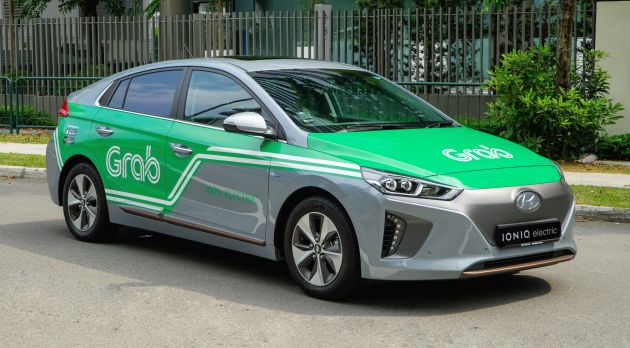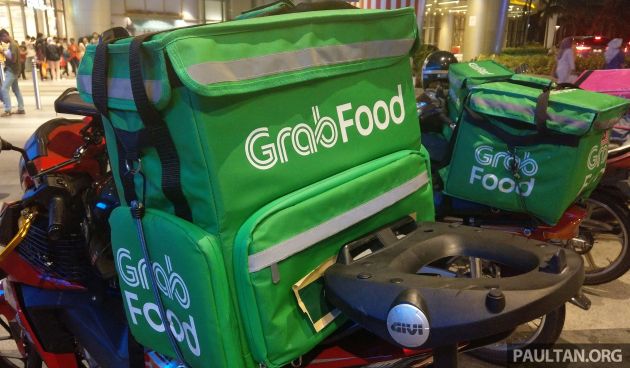The novel coronavirus outbreak has caused unprecedented damage to the global economy, stifling key sectors around the world and left millions of people unemployed. For Grab Malaysia, its core ride hailing business has suffered a gigantic slump in demand, dropping by over 90% since the movement control order (MCO) came into effect.
To make matters worse, ride hailing drivers are only allowed to operate from 6 am to 10 pm daily, whereas GrabFood deliveries are limited between 8 am to 8 pm. Grab Malaysia’s country manager, Sean Goh told BFM Radio that the company is going through a “fairly turbulent” period since the MCO started, and he said that ride hailing is as good as “completely gone” for the time being.
It’s suffering a double whammy – demand for GrabCar, its more established business, has significantly declined, and while its delivery service is on a profitability trajectory, the sudden spike in demand is also causing losses (mainly from operating costs) to widen. “It’s a very challenging time right now,” Sean said, but insisted that the company will not cut back on driver incentive structure despite the lower overall volume.
Grab currently has over 100,000 ride hailing drivers in Malaysia, and Sean admitted that some of them are facing an existential threat, because there’s simply no demand. To mitigate the problem, Grab launched three initiatives, chief of which is to port its Platinum- and Gold-rated drivers over to its GrabFood platform. Sean said these full-time drivers are more dependable, and doing so would ensure continual income for them.
The company also introduced two funds for drivers. The first is an insurance called Partner Protection Fund, where Grab would offer a one-time payment of RM300 to drivers who have not contracted the Covid-19 disease, but are required to be quarantined for 14 days. On the other hand, drivers who are infected will get RM1,000, regardless of whether they contracted the disease whilst working or not.
Lastly, Grab drivers benefit from a series of discounts (up to 50%) when purchasing essential items, which Grab says would help them save up to RM500. This comes on top of the government’s one-time RM500 handout as part of the RM250 billion economic stimulus plan. In fact, some state governments have also given ride hailing drivers an additional RM300. Once this blows over, Sean said he hopes that the ride hailing business will pick up, adding that he’s confident the business will survive in the long term.
During this MCO period, the stay-at-homes are increasingly more dependent on delivery service, which has caused the demand for GrabFood and GrabMart to spike exponentially. It has now turned into the company’s main source of revenue, but GrabFood is still trying to breakeven. Sean added that some of the company’s Q2 2020 plans, such as the introduction of GrabMart, had to be expedited because there was demand.
What happens next? “It’s anyone’s guess,” Sean said, adding that “ride hailing acts as sort of a safety net for people who need income. The best thing about this safety net is it’s not one that people go to when they lose their jobs; it’s essentially a platform for people to supplement their income.”
Sean also admitted that Grab is burning through more cash to keep its gears running, but it’s committed to retain nearly 700 of its staff and won’t be introducing any drastic cost-cutting measures in the near future.
Related Cars for Sale on
Source: Read Full Article












